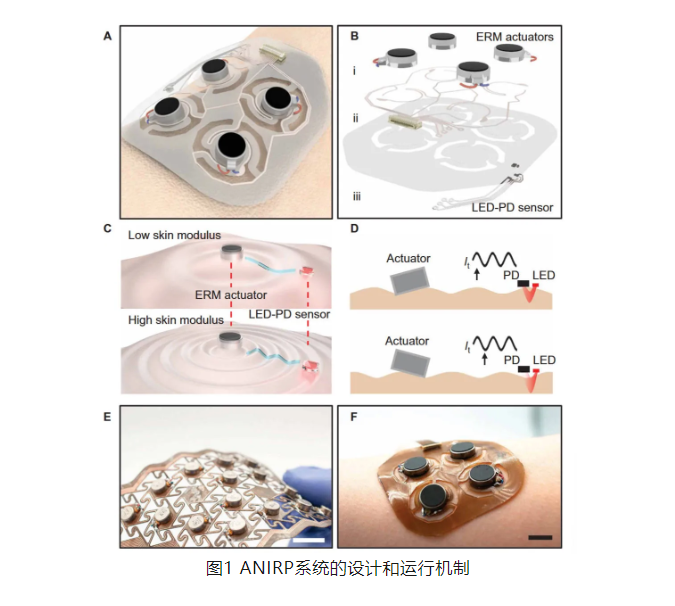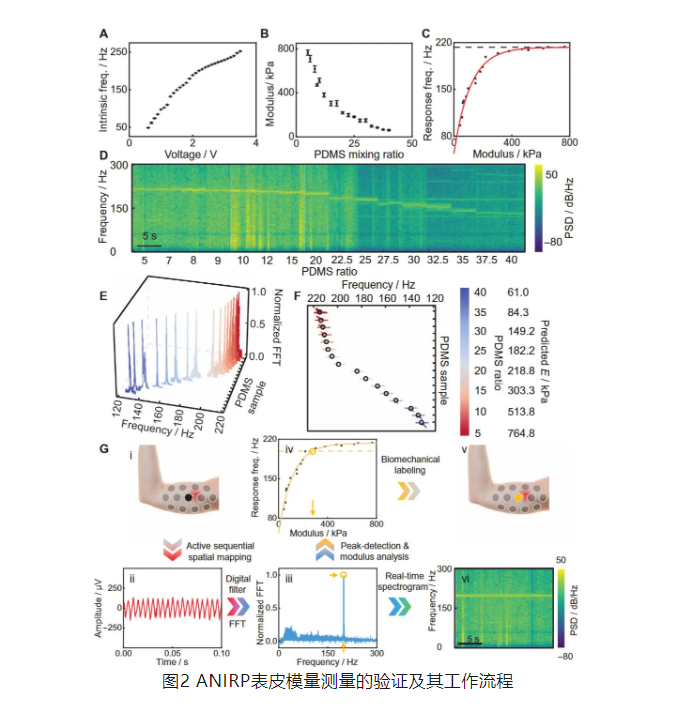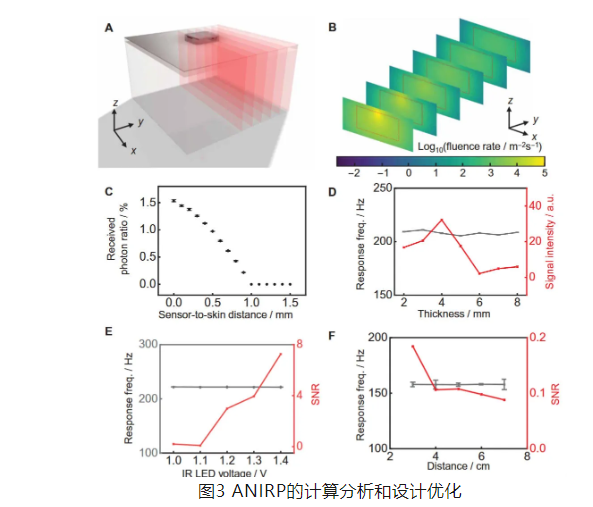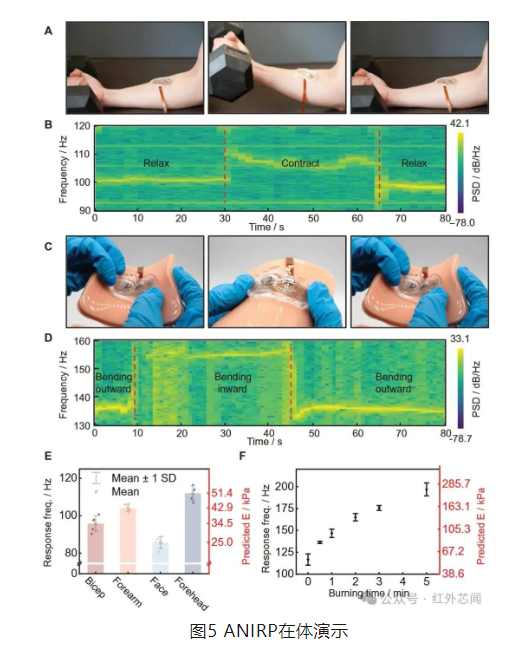05
2024
-
12
Near-infrared spectroscopy technology combined with mechanical vibration detection aids in rapid mapping for biomechanics and subcutaneous diagnosis.
Author:
In the field of modern medical diagnosis, the assessment of the biomechanical properties of the skin has always been an important and challenging topic. As the largest organ of the human body, the mechanical properties of the skin are closely related to the development and prognosis of various diseases. For example, skin cancer, one of the most common types of cancer globally, is often accompanied by fibrosis or hyperkeratosis, leading to significant changes in skin hardness. Studies have shown that the elastic modulus of common tumor tissues (such as melanoma or breast cancer) can be 2-10 times that of normal tissues. Similarly, diseases such as psoriasis, edema, keloids, scleroderma, and morphea can also cause rapid turnover of skin cells and changes in biomechanical properties. Therefore, the rapid and accurate assessment and monitoring of skin biomechanical properties are of great significance for the early diagnosis and treatment evaluation of these diseases.

This research not only achieves innovation at the technical level but, more importantly, provides a practical solution for the early screening and monitoring of skin diseases. The system's low cost and ease of operation make it promising for widespread application in clinical diagnosis and home health monitoring. In the future, with the improvement of sensor array density and algorithm optimization, this technology is expected to play a greater role in the early warning and precision medicine of skin lesions.

特别值得一提的是,ANIRP系统在解决运动伪影方面也取得了突破。通过设计专门的数字滤波算法和增强光强,系统能够有效区分目标信号和干扰信号。安全性测试表明,在标准操作条件下,系统产生的热量维持在安全范围内,适合长期佩戴监测。



这项研究不仅在技术层面实现了创新,更重要的是为皮肤疾病的早期筛查和监测提供了一种实用的解决方案。系统的低成本、易操作特性使其有望在临床诊断和家庭健康监测中得到广泛应用。未来,随着传感器阵列密度的提升和算法的优化,该技术有望在皮肤病变的早期预警和精准医疗方面发挥更大作用。
LATEST NEWS
2025-01-09
Design and Development of Full-Spectrum Photodetectors
In recent years, the booming optoelectronic industry has changed the world and extended into many aspects of life. Among them, photodetectors (PDs) with a wide response bandwidth from deep ultraviolet to visible to near-infrared serve as important optoelectronic components and play a key role in daily life.
2025-01-08
Black arsenene multi-spectral integrated field-effect transistors, aiding high-resolution imaging and enhanced secure communication.
With the development of modern communication technology, the demand for broadband, room-temperature infrared, and terahertz (THz) detectors has rapidly increased. These detectors play a crucial role in fields such as telecommunications, security inspection, non-destructive testing, and medical diagnostics. However, existing optical detectors face challenges such as high intrinsic dark current and the need for low-temperature cooling, which limit their efficiency in detecting low-energy photons. Particularly in the terahertz band, the photon energy is insufficient to excite electron transitions from the valence band maximum (VBM) to the conduction band minimum (CBM), making effective optoelectronic conversion difficult. Therefore, researchers have been seeking ultra-broadband detectors that can operate at room temperature and respond to wavelengths ranging from visible light to the terahertz band.
2024-12-30
Laser-based tiered neurons achieve high-speed reservoir computing.
Neuromorphic computing is a computational paradigm that simulates the functions and architecture of biological neurons. A single biological neuron is a powerful computational unit with information processing capabilities, information transmission abilities, and memory functions. Therefore, it is crucial to design a photonic neuromorphic processor that can truly emulate the powerful computational functions of biological neurons.
2025-01-01
Design and Development of Full-Spectrum Photodetectors
In recent years, the rapidly growing optoelectronic industry has changed the world and extended into many aspects of life. Among them, photodetectors (PDs) with a wide spectral response from deep ultraviolet to visible to near-infrared serve as important optoelectronic components and play a key role in daily life.
2024-12-31
High-sensitivity quantum dot photodetectors from deep ultraviolet to near-infrared
In recent years, the rapidly growing optoelectronic industry has changed the world and extended into many aspects of life. Among them, photodetectors (PD) with deep ultraviolet-visible-near infrared full spectrum detection response serve as important optoelectronic components, playing a key role in daily life.

